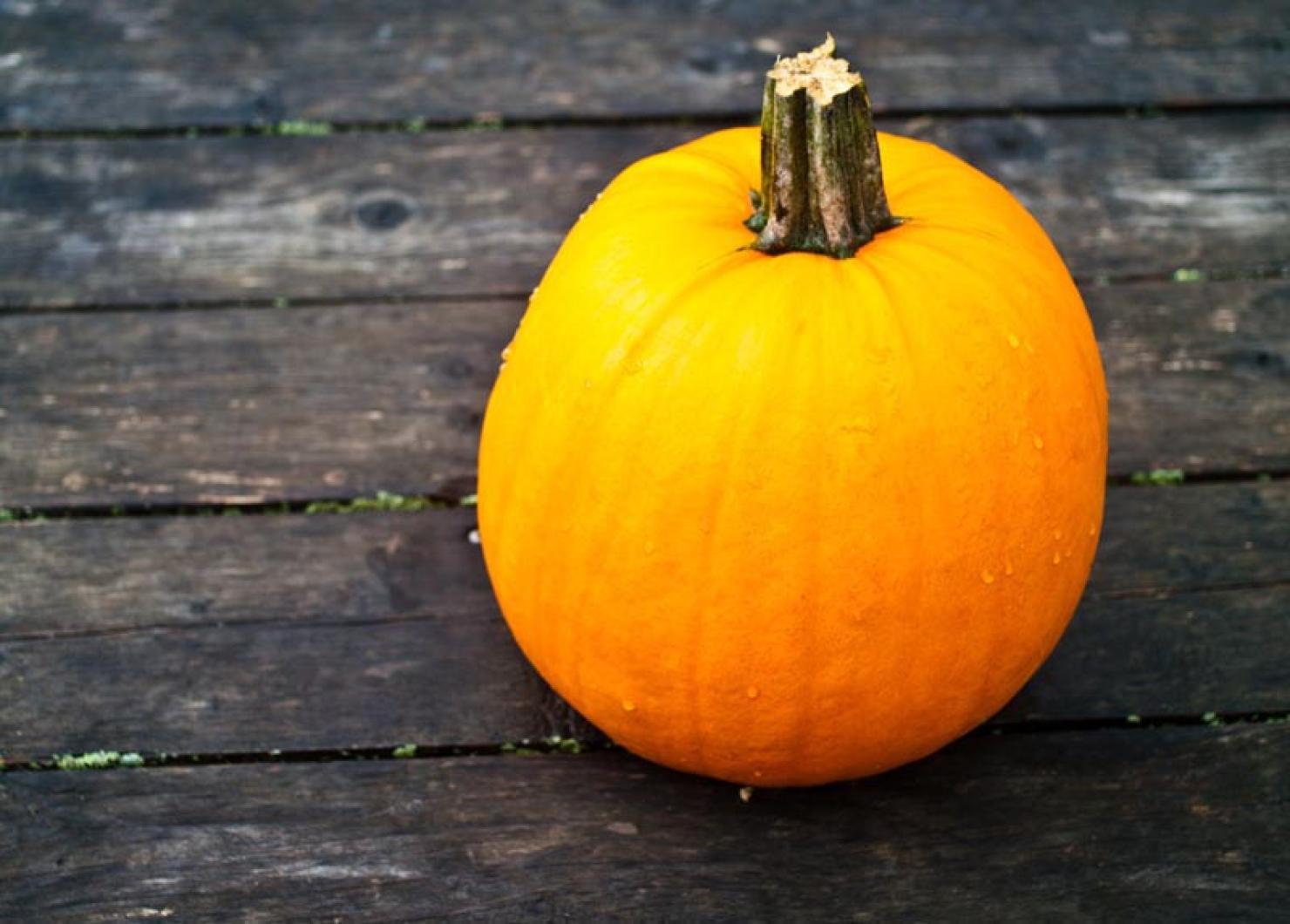Linus Van Pelt, of Peanuts cartoon fame, made this savvy observation: “There are three things I’ve learned never to discuss with people: religion, politics and the Great Pumpkin.”
The Great Pumpkin is a Halloween spirit that Linus believes will visit the “most sincere” child and pumpkin patch, which is where Linus spends his holiday waiting for its appearance. Although the Great Pumpkin didn’t show for Linus, I want to believe that the spirit will make an appearance at Morning Glory or another Island field this week.
I think it is fair to say that every pumpkin, not just Linus’s spirit friend, is great. Pumpkins are the official fruit of fall and are ubiquitous this time of year, with 80 per cent of supply in the U.S. available in October. And that is a good thing, since pumpkins are so versatile — good for food, fun and festivities.
Historically, pumpkins were found in this country, as they are native to the continent. Native Americans were believed to use them as both food and medicine, specifically for curing intestinal worms and urinary ailments. Folk treatment for removing freckles and curing snake bites were also attributed to pumpkins.
Every part of the plant is considered edible. You can make these dishes sweet or savory. The seeds can be toasted and tasted, the flesh is cooked for consumption, and even the stems, leaves and vines can be eaten. The latter three must be young, fresh and green. Don’t wait and try to munch the fibrous stem after harvest as it has become too woody by then.
Or use your gourd and create holiday decorations. The jack-o-lantern tradition lives, painted pumpkins are possible or just leave them au natural. The appreciations of and options for this special squash are well-described in a verse by John Greenleaf Whittier:
Oh! fruit loved of boyhood — the old days recalling,
When wood-grapes were purpling and brown nuts were falling;
When wild, ugly faces we carved on its skin,
Glaring out through the dark, with a candle within;
When we laughed round the corn-heap, with hearts all in tune,
Our chair a broad pumpkin, our lantern the moon,
Telling tales of the fairy who travelled like steam,
In a pumpkin-shell coach, with two rats for her team!
No matter how you use them, when you are finished with the pumpkin finery, consider its final resting place. One estimate finds that five million discarded pumpkins end in landfills. Maybe that is where the Great Pumpkin appears?
There are alternatives to that horror-filled ending. Bring them in early and eat them, as long as they haven’t molded or rotted, or leave them for wildlife. Birds and mammals will partake in a pumpkin feast. Blue jays, catbirds, titmice and cardinals eat the seeds, while squirrels, deer, raccoon, rabbits and chipmunks especially enjoy the flesh. Or, of course, consider compost, but be wary about the seeds, since squash are notorious for self-seeding and you may have your own patch come next season. For all of the above option, be sure not to use painted pumpkins, as the paint can be harmful to wildlife and the environment.
Henry David Thoreau had the right attitude toward enjoying the pumpkin’s (and his) place in the world. “I would rather sit on a pumpkin and have it all to myself than be crowded on a velvet cushion.”
Suzan Bellincampi is director of the Felix Neck Wildlife Sanctuary in Edgartown, and author of Martha’s Vineyard: A Field Guide to Island Nature and The Nature of Martha’s Vineyard.




Comments
Comment policy »